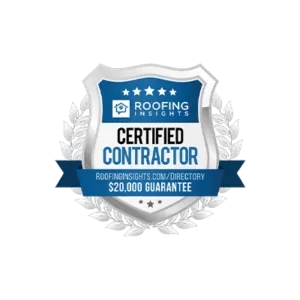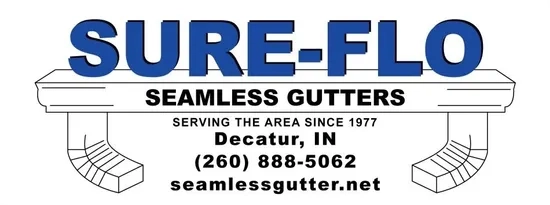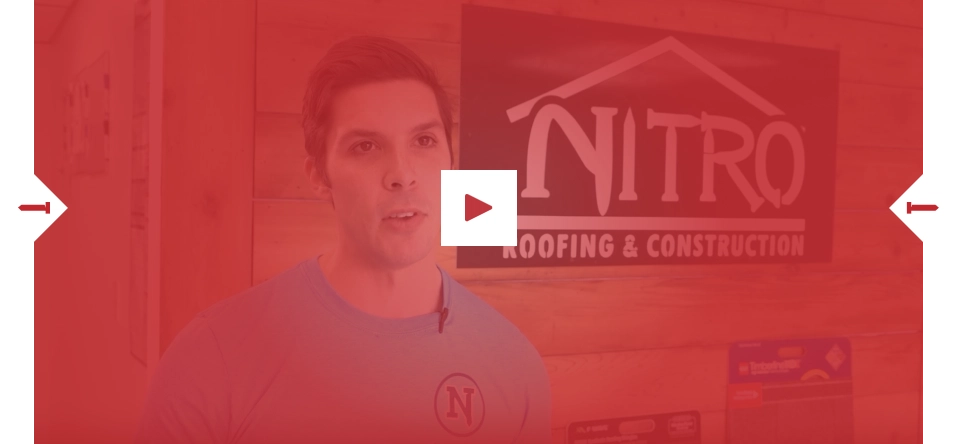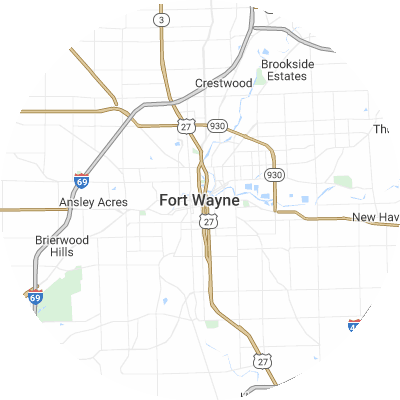Signs You May Need Gutter Guards
While gutter guards aren't always needed, indicators of clogged gutters are clear. Some indicators of persistent gutter problems include:
- Visibly saggy, damaged, or misaligned gutters that no longer direct rainwater correctly
- Leaky joints or seams where water leaks from the gutters
- Mold growth, interior wall stains, or peeling exterior paint on walls near gutters.
- Frequent clogs that lead to overflow and water spilling over gutters
- Soggy ground or visible erosion around your home's foundation
How To Choose a Gutter Guard Installer
Assess Their Experience
Look for an experienced gutter guard installation provider that has been in business for multiple years and has installed a wide variety of guard types and models. These companies know how to properly measure and handle the installation of gutter guards on your unique home setup. Ask how long they’ve been in business and request local referrals.
Verify Proper Licensing and Insurance
When getting in touch with potential installation companies, always make sure that they are properly licensed, bonded, and insured with both general liability and workers compensation policies. This protects you if any injuries or accidents occur. Request current licensing and insurance papers from potential providers.
Choose Reputable Brands
Look for leading gutter guard brands such as LeafFilter and Gutter Helmet when selecting an installer. Avoid off-brand or generic no-name guards, which likely have not gone through rigorous quality control testing.
Seek Custom Fit Services
Guards should be custom fitted on location to match your gutters. Select a company that custom measures and trims guards for your home rather than using universal guards. Guards fitted for your home leave no gaps for debris accumulation.
Examine Warranties
High-quality gutter guard companies typically offer 20-year or lifetime warranties that protect against rust, clogs, leaks, and other issues. Before picking a company, carefully review the warranty terms for materials and workmanship guarantees. Warranties are the best means of protecting your gutter investment.
Check Reviews and Referrals
Be sure to check online reviews on Google Reviews, the Better Business Bureau (BBB), Yelp, and other review sites to learn about customer experiences. Ask neighbors for recommendations of quality local gutter guard companies. When researching providers, it's best to select companies with a track record of consistently good feedback instead of just one or two reviews.
Types of Gutter Guards
There are six typical gutter guard types. These include the following:
- Brush guards are exactly what they sound like: large brush bristles that sit in your gutters to block debris but let water through. On average, you can expect to spend $4.04 per linear foot for brush guards.
- Foam guards are large pieces of foam that rest in your gutters to block debris. They're light and easy to install. On average, you can expect to spend $2.46 per linear foot for foam guards.
- Screen guards have large holes that let water flow through while keeping debris out. Screen guards cost roughly $4.23 per linear foot.
- Mesh guards have smaller holes than screen guards and similarly catch debris while letting water filter through. Mesh gutter guards are durable and encourage debris to slide off rather than sit on your gutters. On average, you can expect to spend $4.01 per linear foot for mesh guards.
- Micro-mesh guards have even smaller holes than mesh guards, letting even less debris through than mesh. These guards are extremely effective. Micro-mesh guards cost roughly $5.10 per linear foot.
- Surface tension guards, sometimes called reverse curve guards, use surface tension to let debris slide off while water flows through into the gutter. They are normally visible from the ground. Surface tension guards cost roughly $3.12 per linear foot.














